Archive
null
KubaParis
Ká Quill's Room
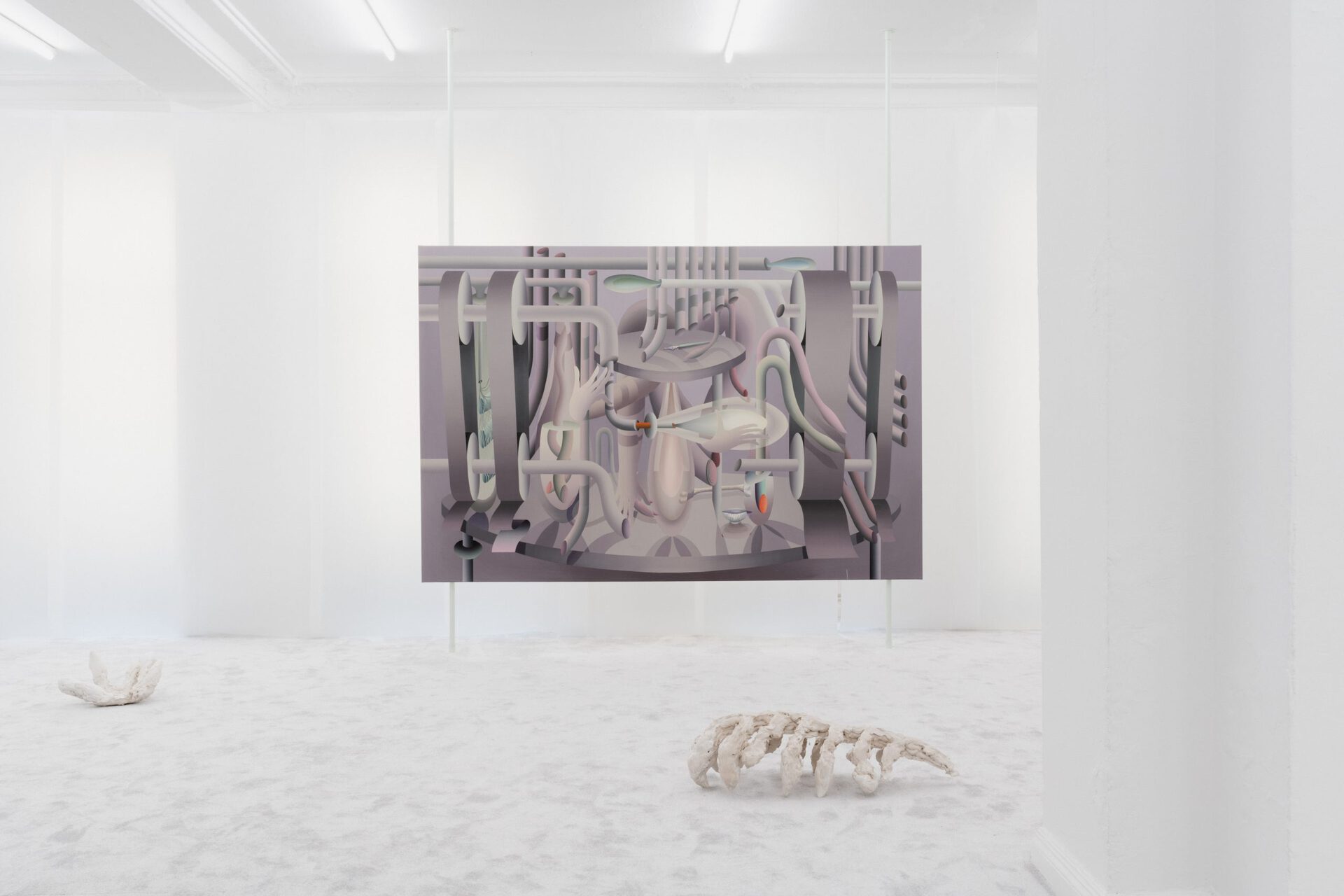
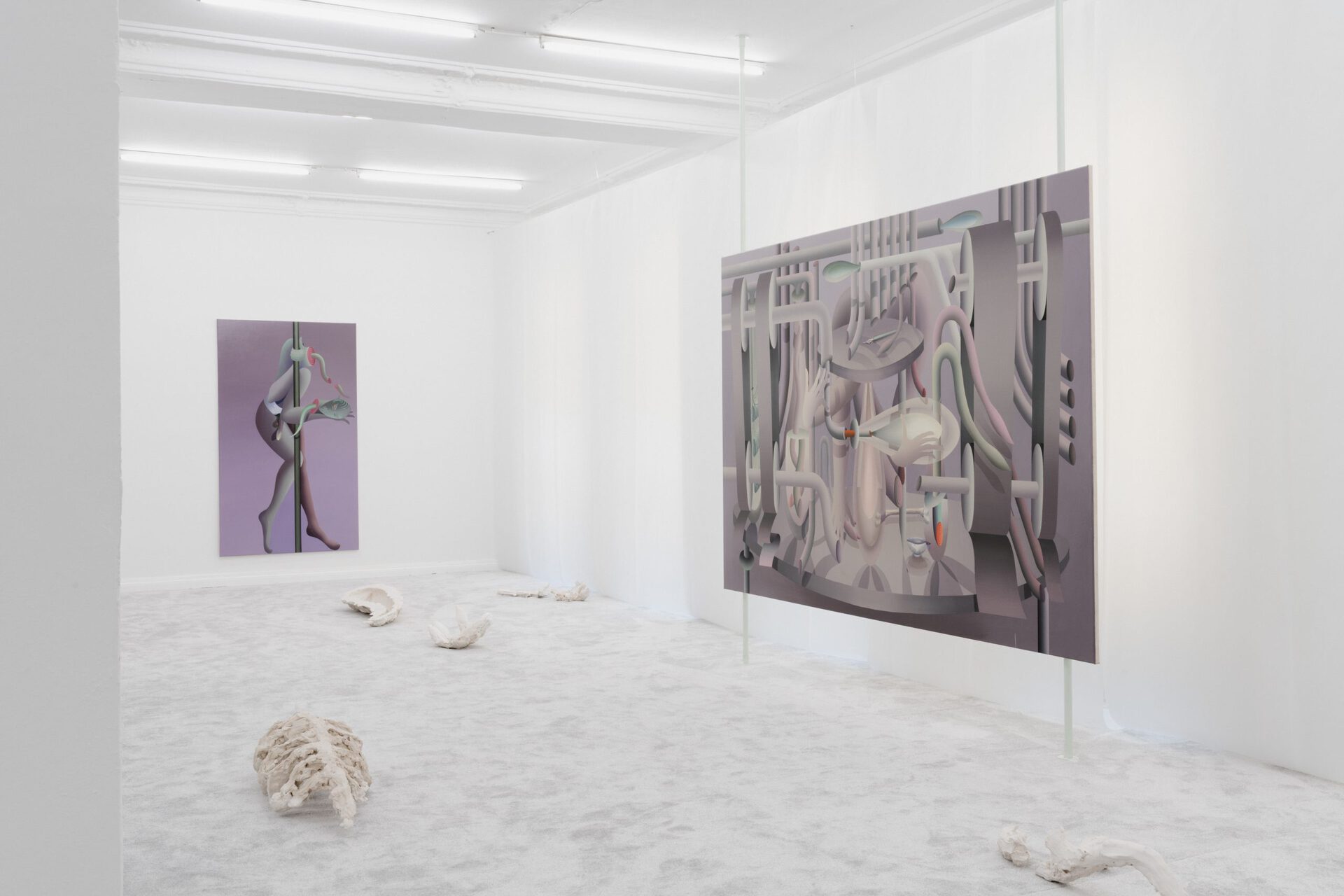
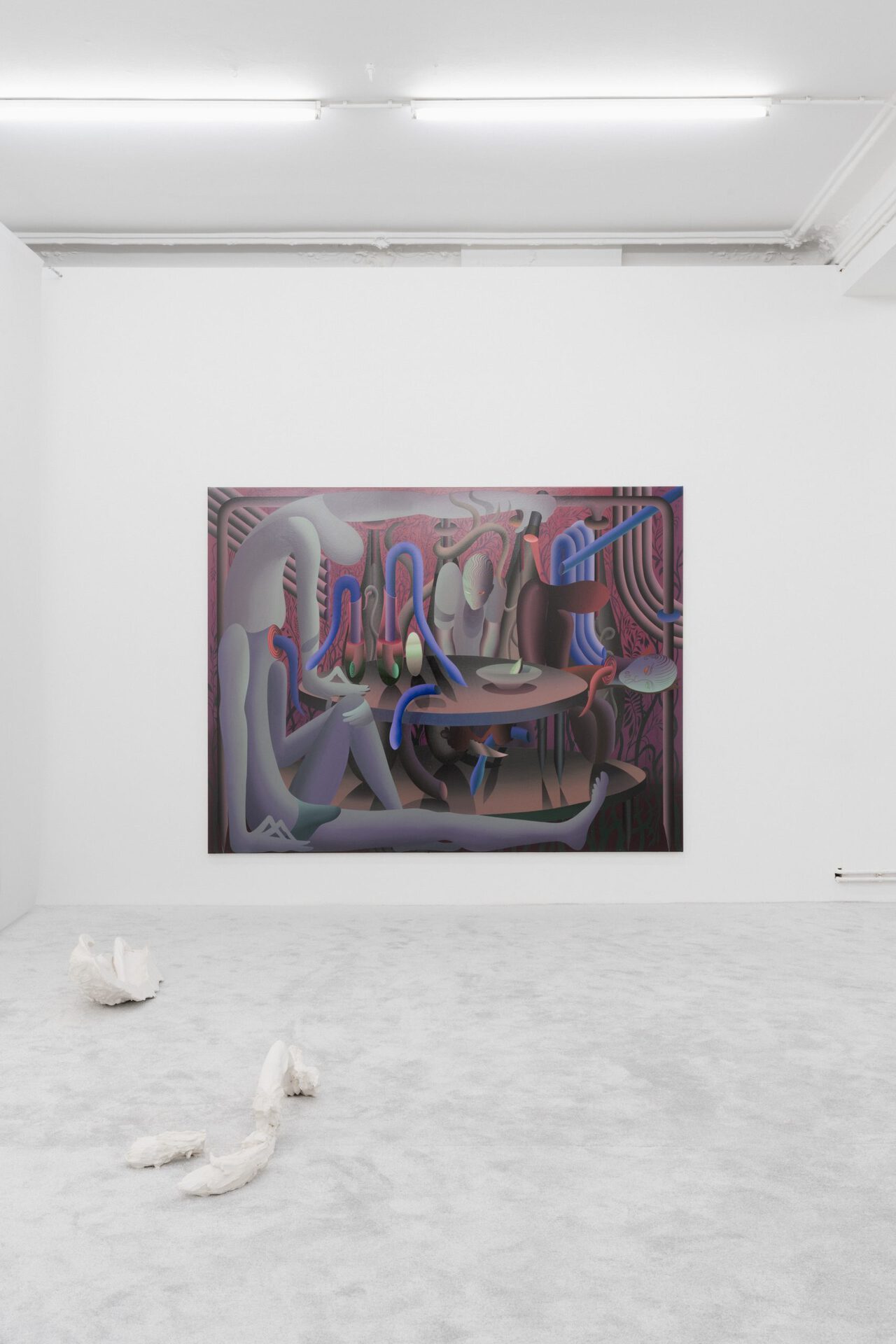
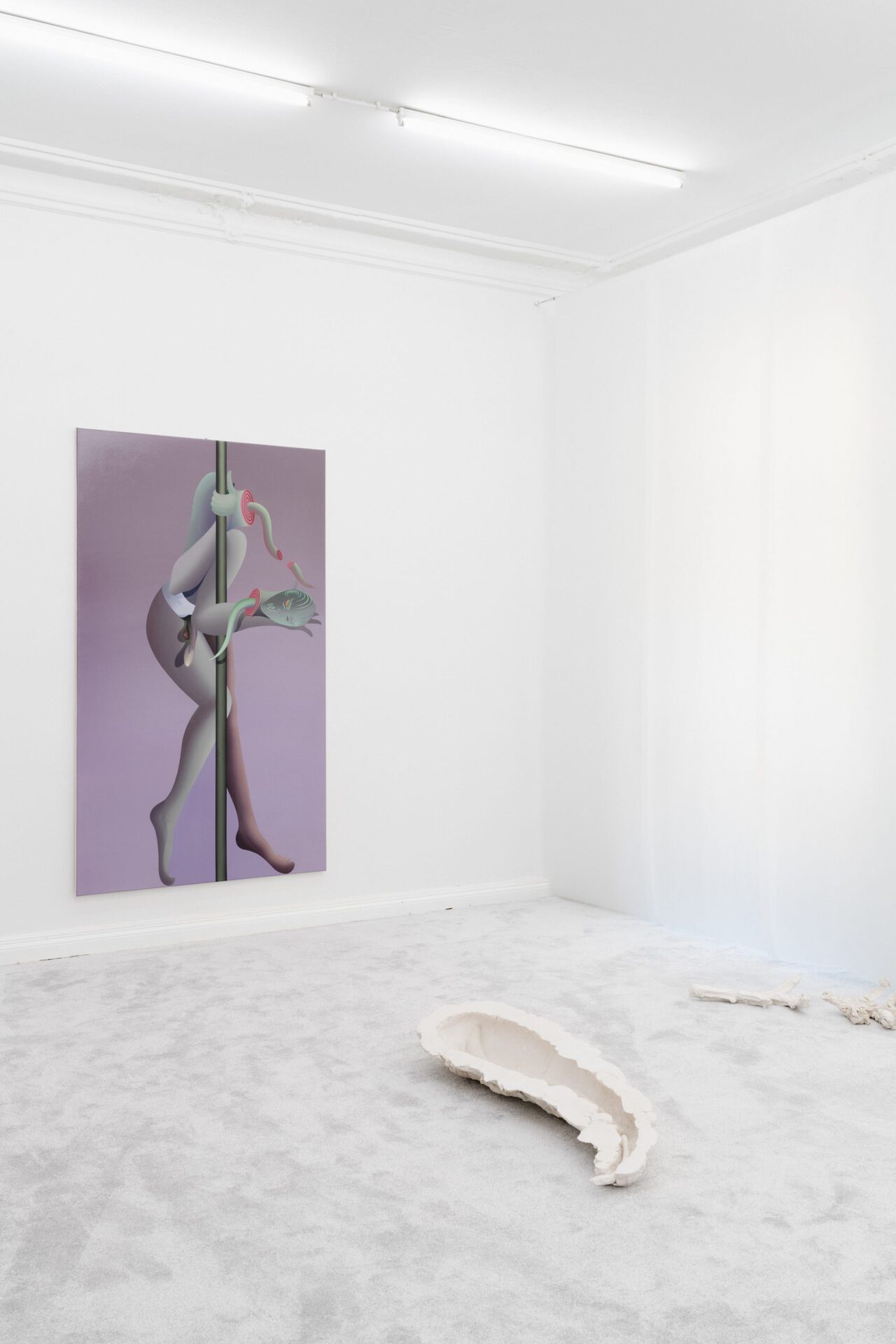
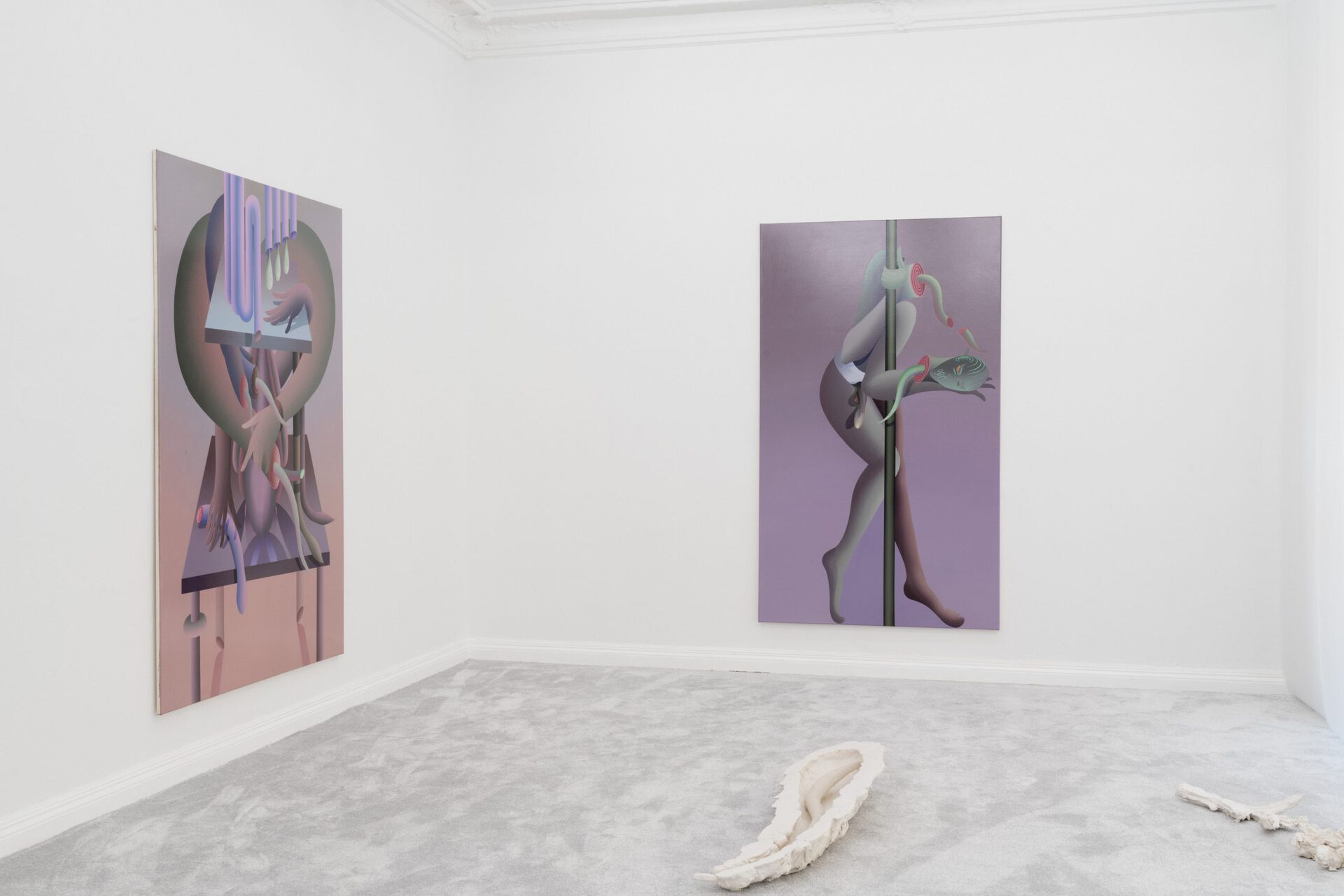
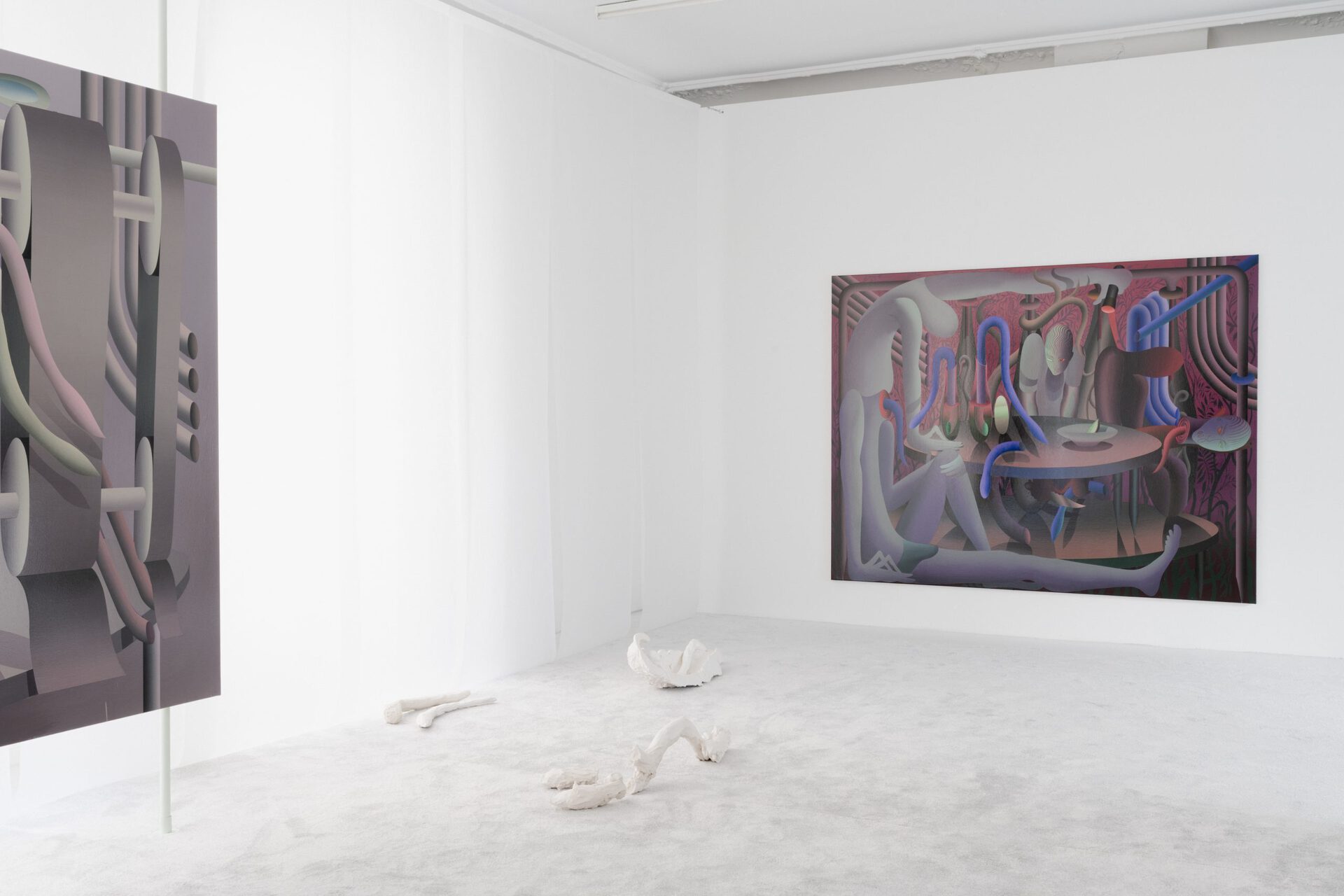
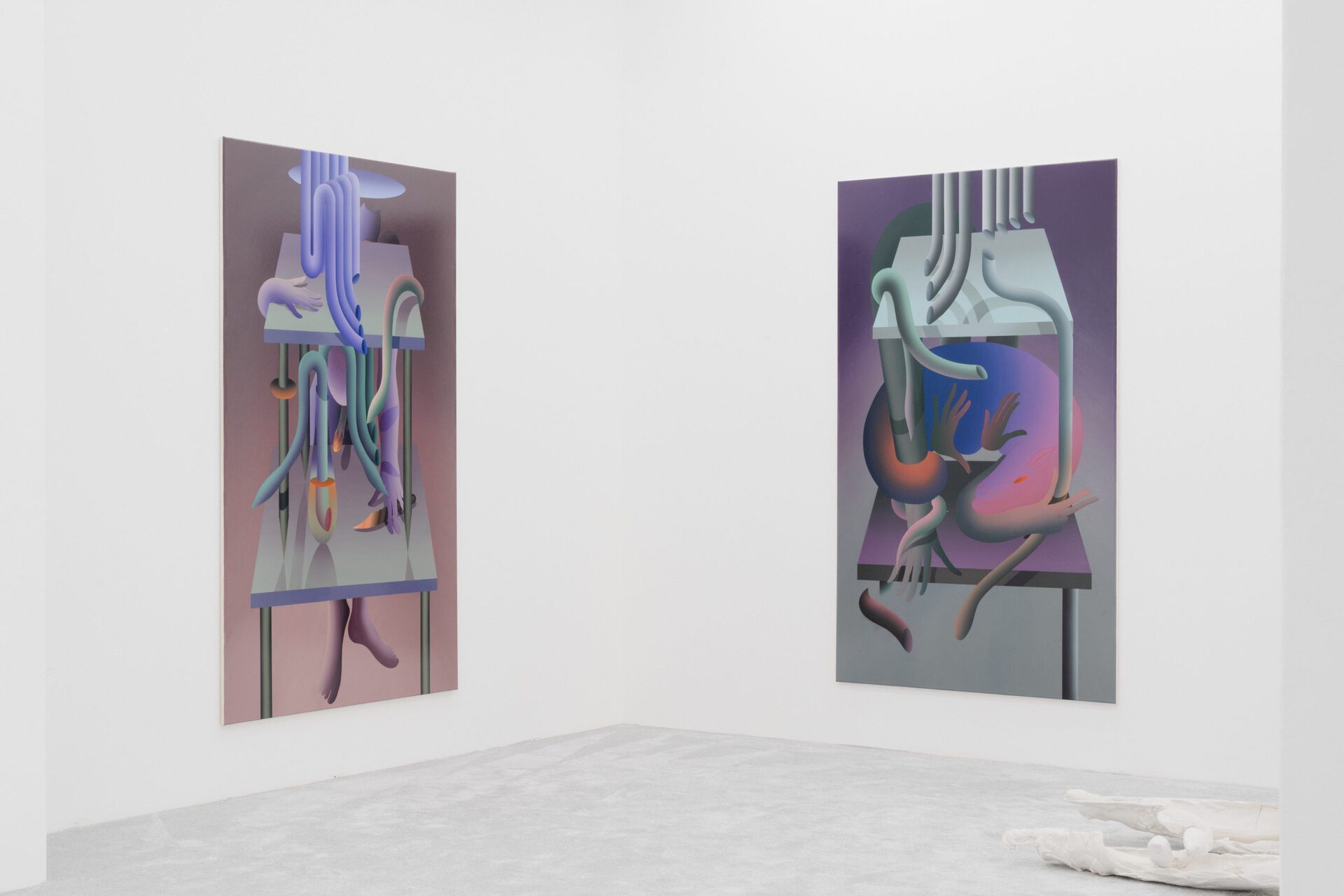
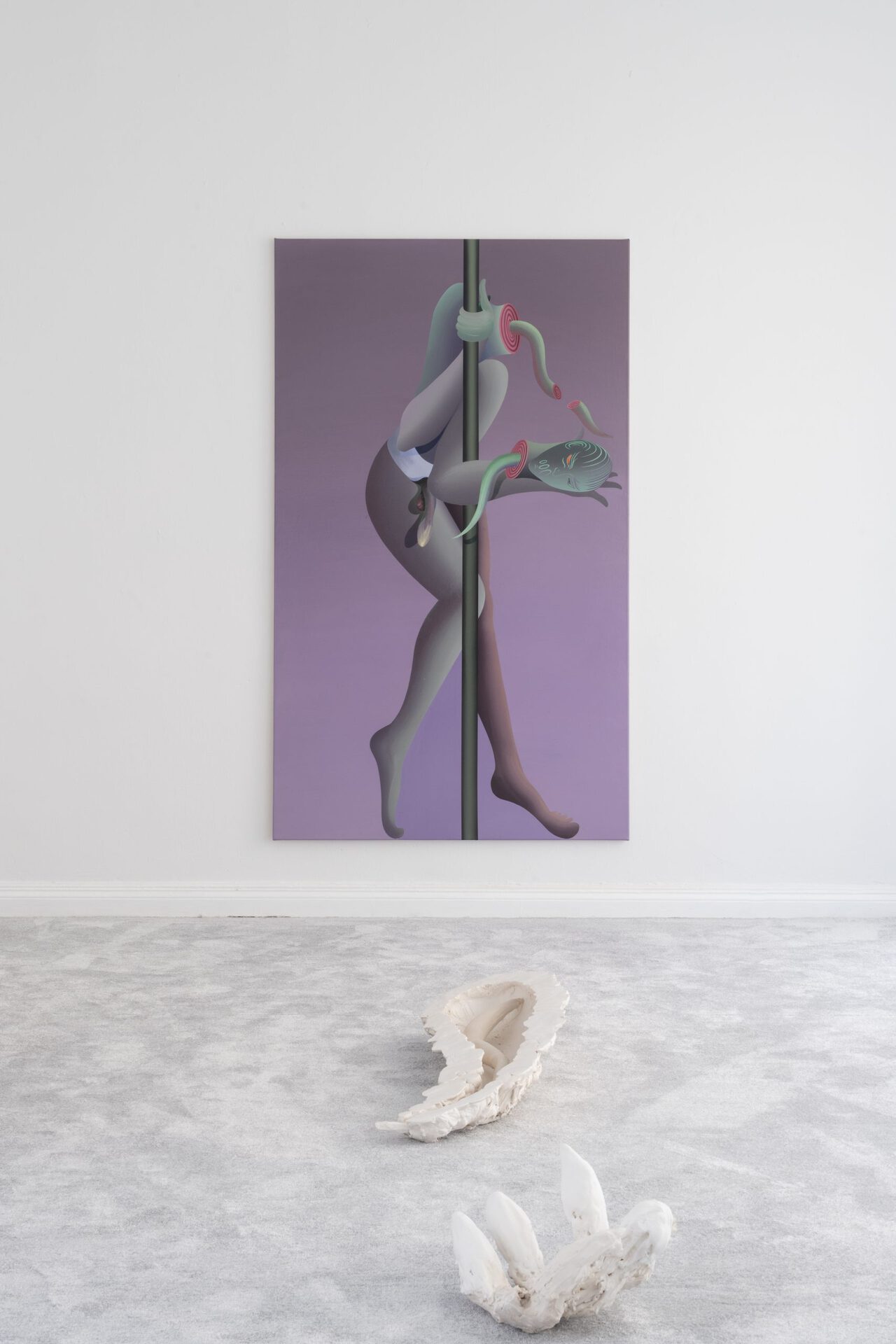
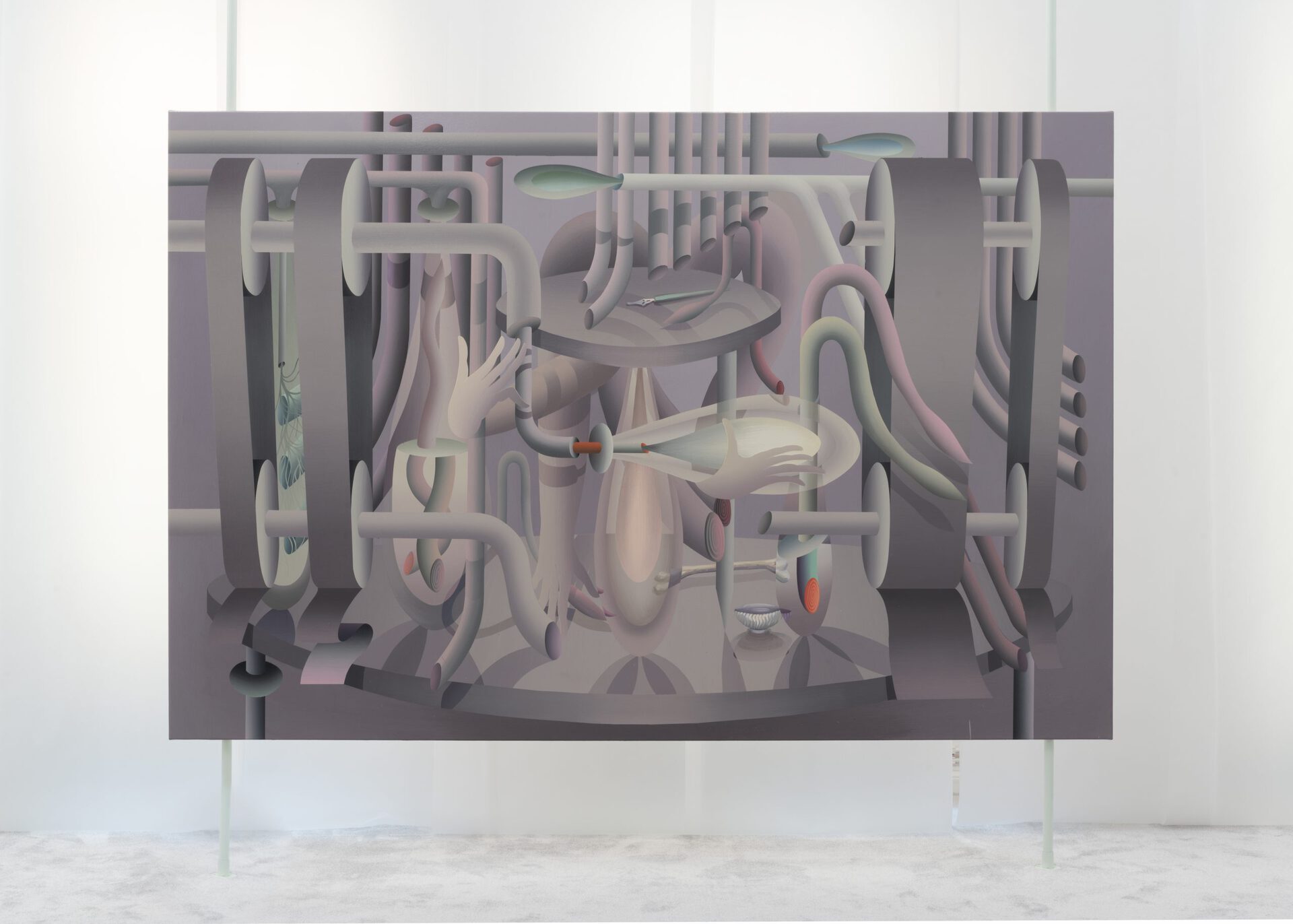
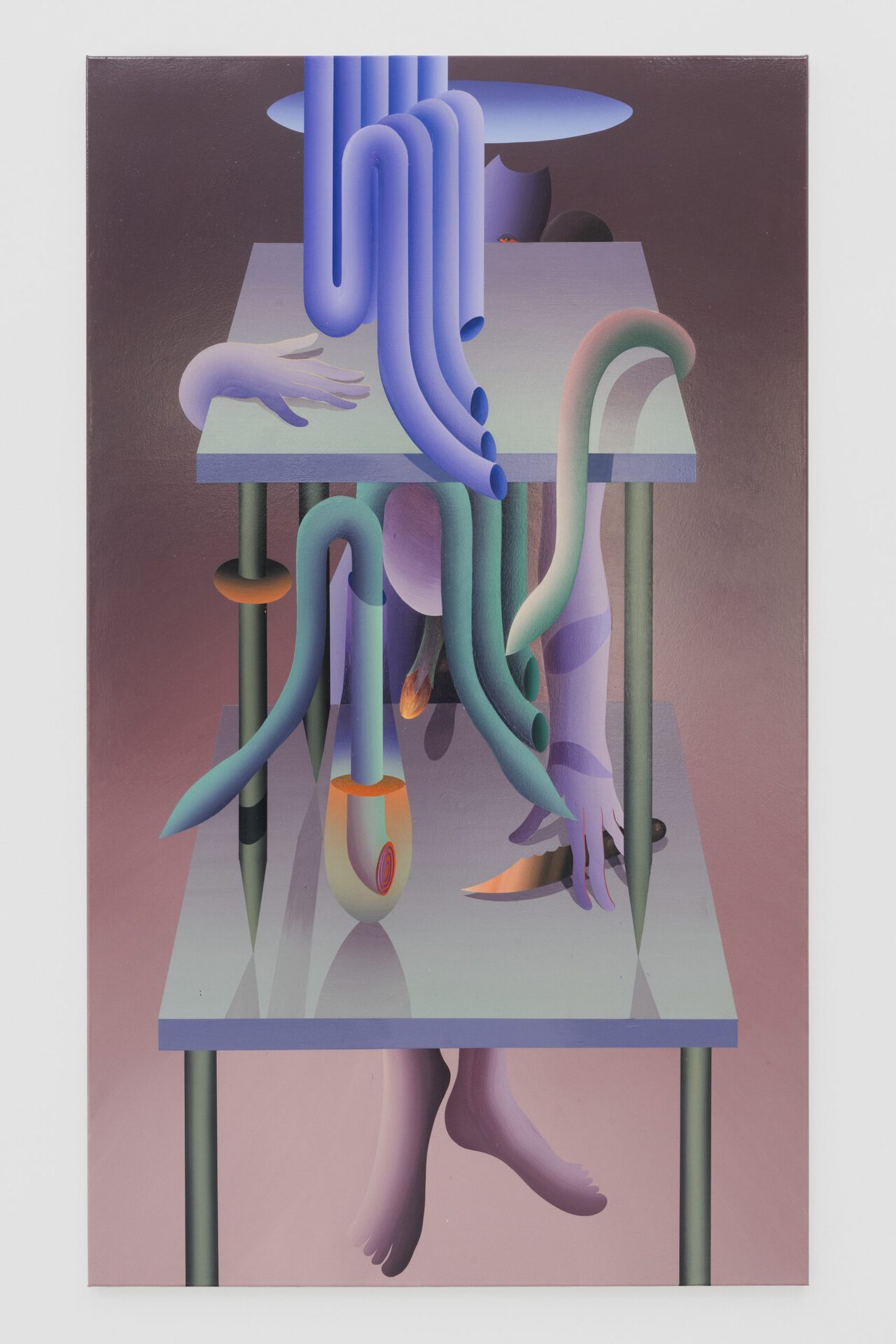
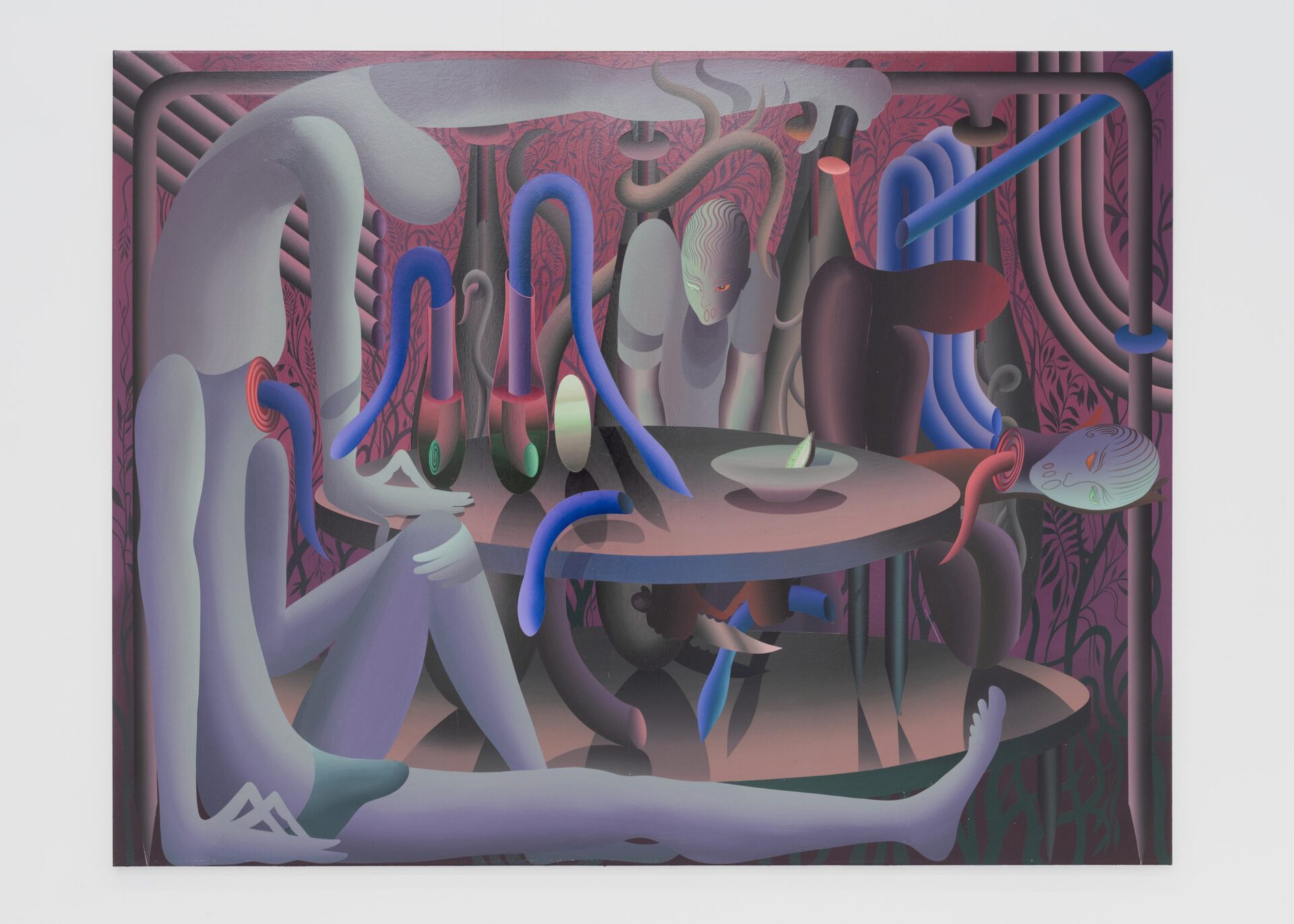
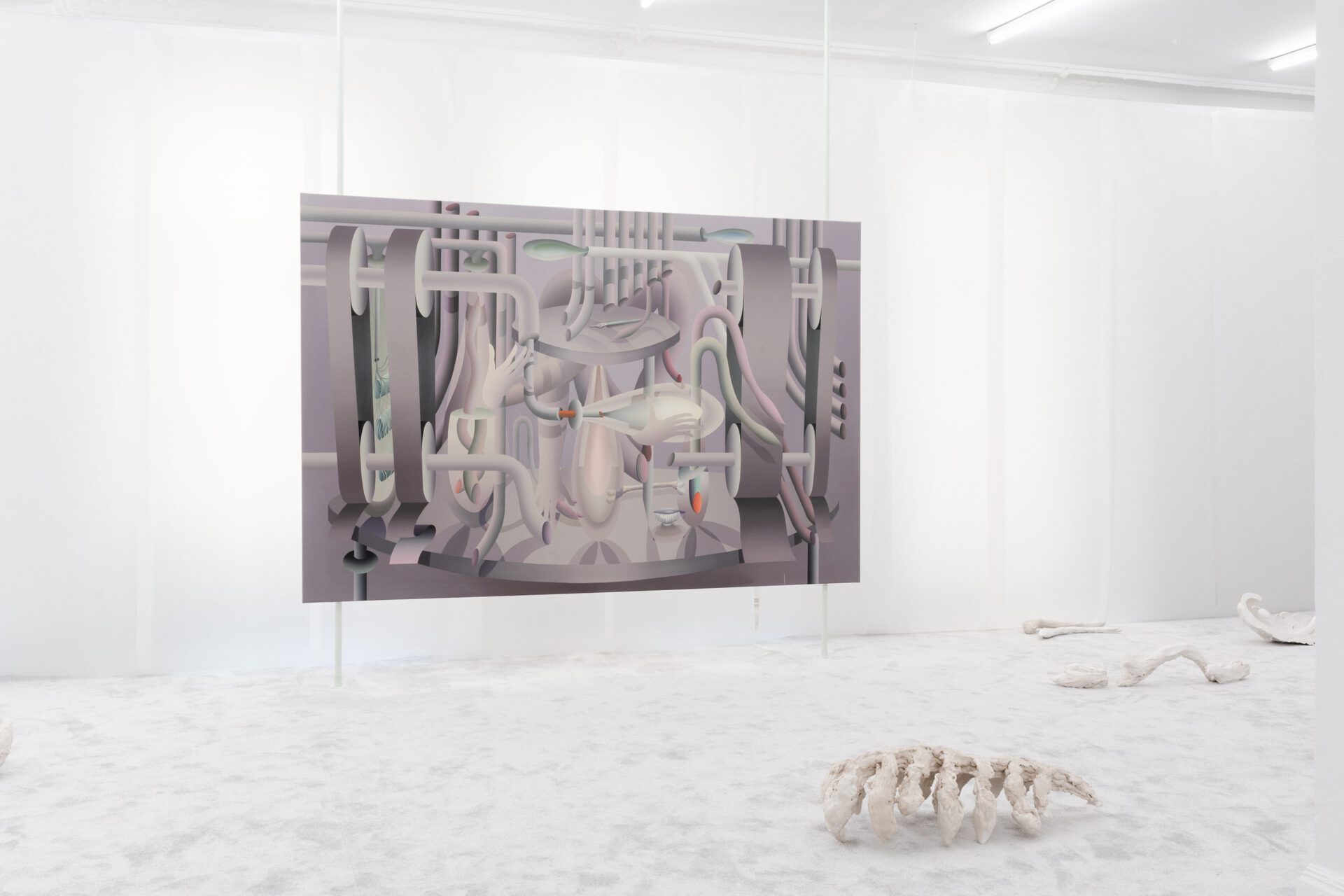
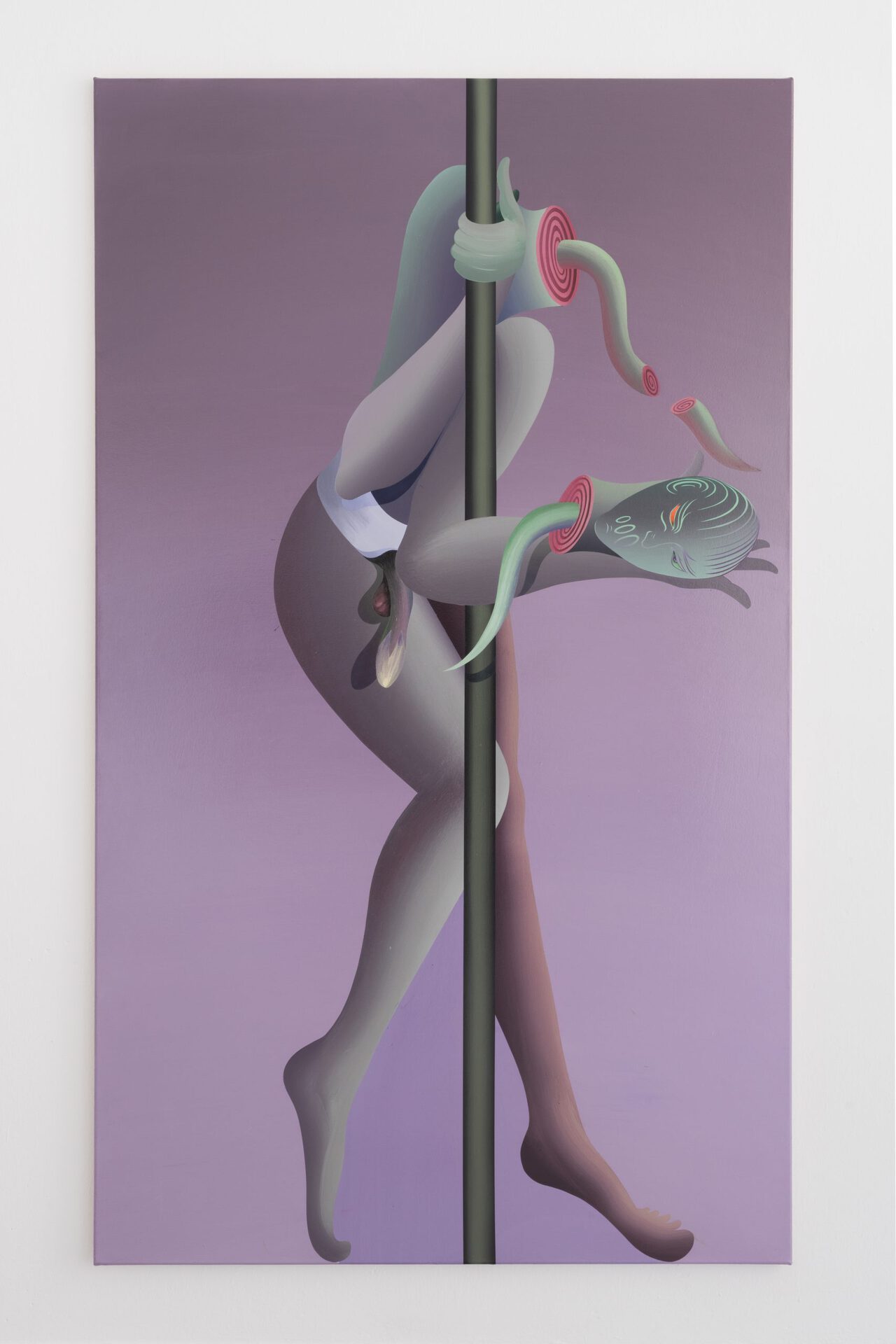
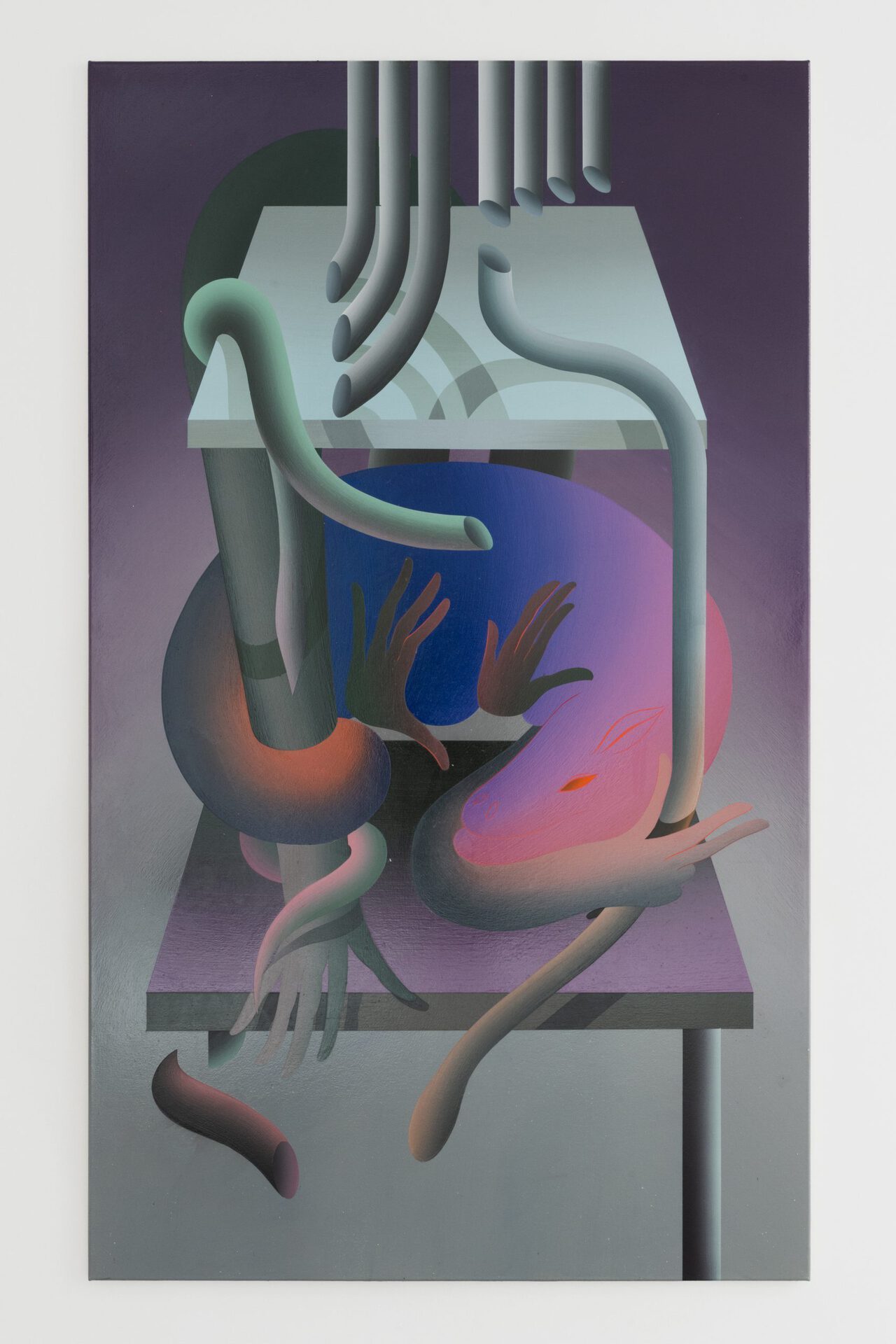
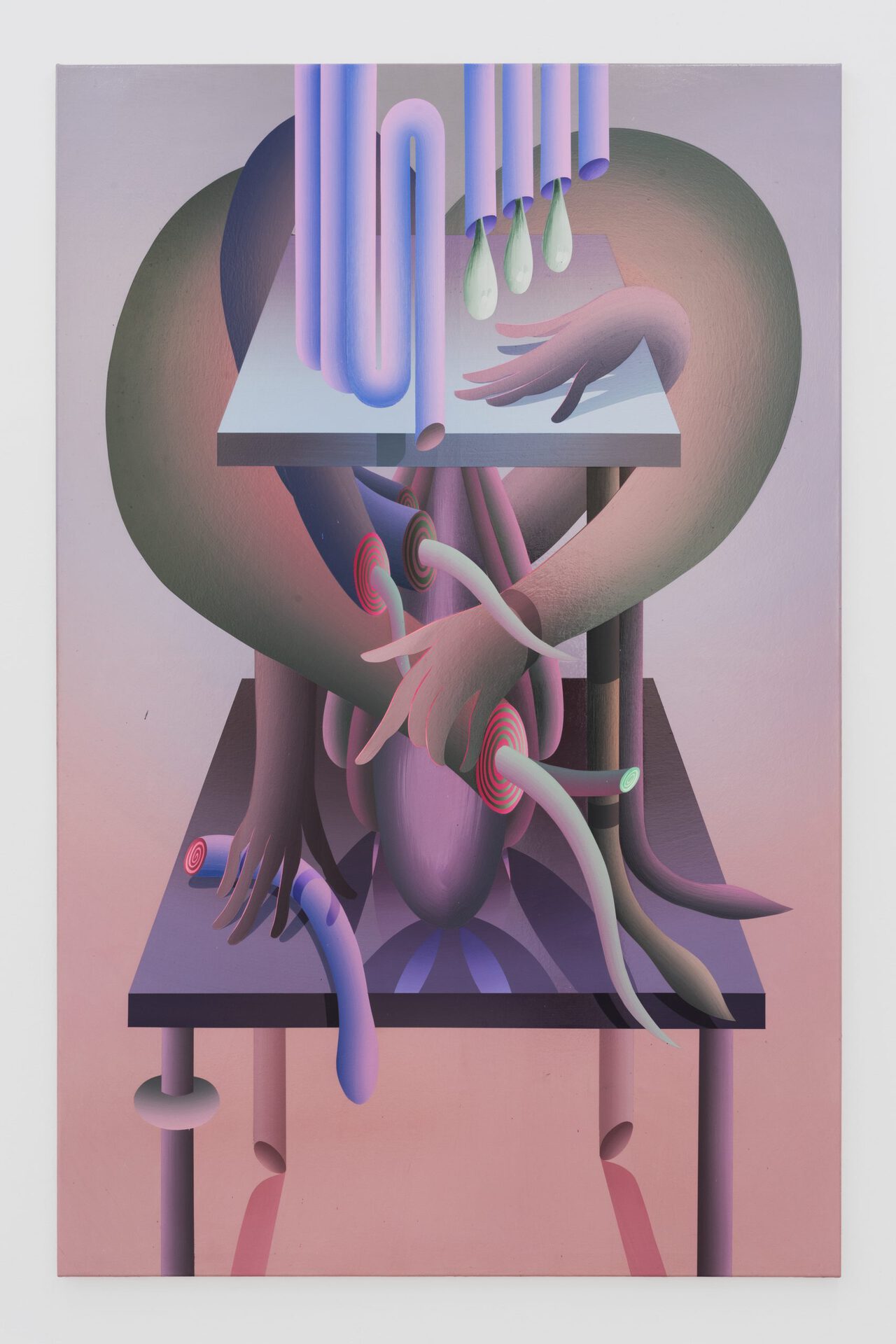
Location
EIGEN + ART LabPhotography
Peter Oliver WolffText
The many layers of Hosnedl’s opaque style of painting are sometimes reminiscent of the still lifes of the Old Masters, who worked without artificial light. Then again, the often faceless figures, seemingly existing in a vacuum, often give rise to associations with the Pittura Metafisica of a Giorgio de Chirico, and some of the enigmatically isolated objects recall the Surrealist Kay Sage. (And why do I repeatedly think of one of my favorite artists, Konrad Klapheck, and his neo-realistic painting?) Painting is always an extremely personal matter, and not just for artists. Depending on his or her emotional state, every viewer can find something very individual for himself or herself. If one gives Hosnedl’s peculiar painting a longer look, all the emotions between consternation and delight are possible! One thing is certain: these pictures won’t leave visitors unmoved.
Along with their messages, whose content seems confused, what is especially astonishing about his pictures are their gleaming surfaces. Hardly perceptible in photos, these are immediately conspicuous when viewed live. One wants to caress the canvases and touch the precisely depicted fruits, stalks, and knives. Igor Hosnedl mixes his paints himself by crumbling chalk and adding a special glue. The process of mixing paints influences the final tones, which are applied in many layers and this time are brighter and, yes, “softer” than in his older works. It’s no coincidence that they remind one of skin or powder shades.
At least equally significant is the question of what lies under these shimmering and as if sludge-veiled surfaces of his pictures. What do the depicted characters convey to us? What do the many severed and dripping limbs express? Perhaps suppressed fantasies, fears, and insecurities?
Igor Hosnedl came to Berlin from Prague only four years ago. A courageous step, because he knew no one in Germany’s capital and, as is well known, one’s network has decisive importance in the art world. In this new site, Hosnedl continued painting incessantly – and silently hoped to be noticed. Following a long dry spell, and thanks to Instagram, his first invitations to exhibit came, and suddenly Hosnedl learned what it feels like to be “discovered” and “perceived”. “His” stories can and must now be told and above all seen! He thereby works especially toward that brief moment in the evening in his studio when the world outside calms down and suddenly everything makes sense on his canvas. Is that perhaps precisely when these “weird” pictures emerge and move in their very own lonely cosmos?
Isolated in their own choreography, the figures fight their battles and cannot hope for succor when limbs are lacking or when the characters (in despair?) main themselves. But despite this brutal scenery, the artists paints them extremely sensuously in swooping, almost tender brushstrokes. There are hardly any sharp edges or angles – it seems almost as if Hosnedl wants to protect the figures. He himself can’t (or won’t) articulate it entirely. Thus, he leaves the viewer who craves answers behind, still questioning. Much remains mysterious, and that may ultimately be what’s so fascinating about Igor Hosnedl’s painting.
Gilles Neiens